Kashmir, often referred to as Paradise on Earth, is famous not only for its breathtaking landscapes but also for its deep-rooted cultural heritage. The region’s local traditions reflect a blend of historical influences, spiritual beliefs, and a unique way of life that has stood the test of time. Therefore, immersing yourself in these traditions will enrich your experience, offering insights into the customs, lifestyle, and cultural practices that define the region.Kashmir local traditions are deeply woven into the region’s rich culture, offering visitors a unique experience of its history and heritage.”
Traditional Kashmiri Cuisine
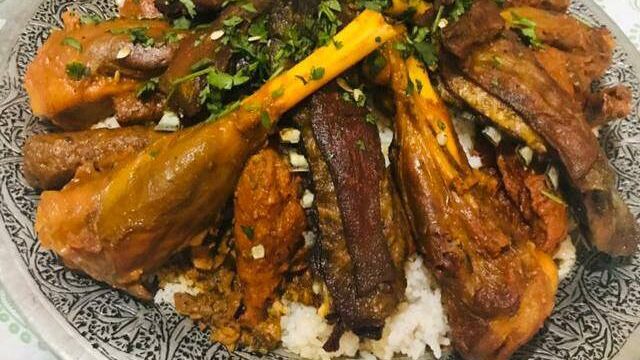

Kashmiri cuisine delights with its flavor and variety. As a result, the region’s culinary traditions blend influences from Mughal, Persian, and Central Asian cultures. One of the most famous dishes is Wazwan, a multi-course meal considered an art form. The elaborate feast includes Rogan Josh, Yakhni, and Kahwa—a traditional green tea brewed with saffron, almonds, and spices. In addition, food serves more than just a function; it strengthens bonds among family and friends.Kashmir local traditions
If you’re craving authentic Kashmiri food, visit local restaurants and home kitchens. For more details, check out this guide to Kashmiri food.
Traditional Arts and Crafts
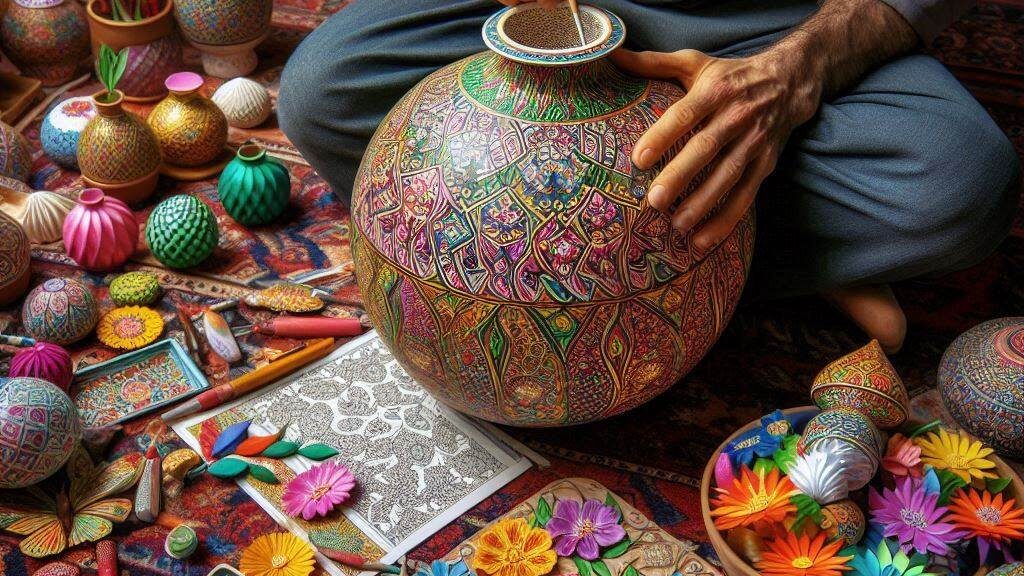
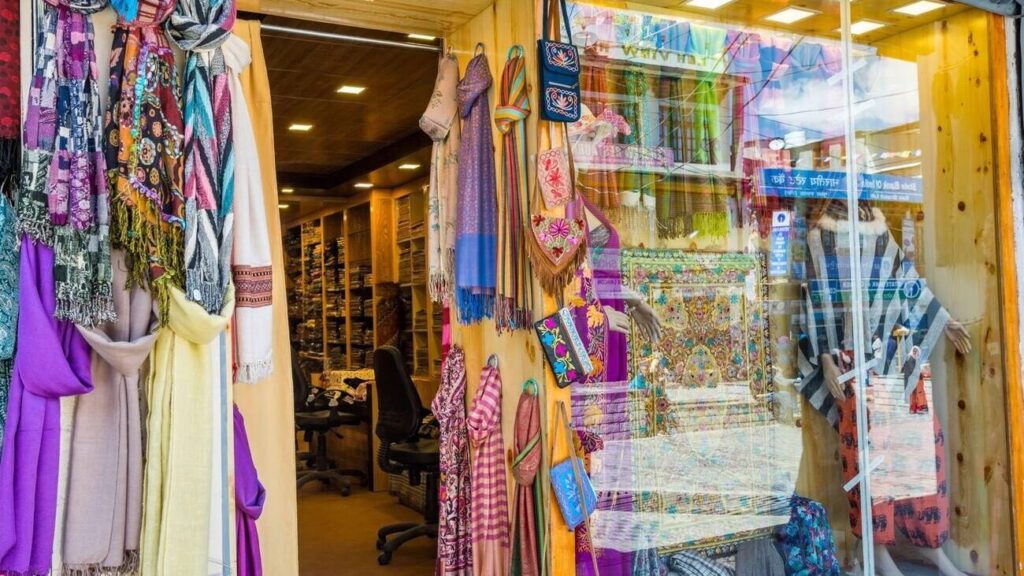
Kashmir excels in traditional arts and crafts, many of which have earned global recognition. The region is renowned for Pashmina shawls, Kashmiri carpets, and paper mâché products. Notably, these crafts showcase the creativity passed down through generations.
- Pashmina Shawls: Artisans create these luxurious shawls from the fine wool of the Pashmina goat, known for their warmth and softness.
- Kashmiri Carpets: Handwoven masterpieces, Kashmiri carpets feature intricate designs and exceptional quality. Typically, artisans use fine wool, sometimes mixed with silk, making them highly prized worldwide.
- Paper Mâché: Dating back to the 15th century, this ancient craft produces decorative items like vases, boxes, and masks. Thanks to its long history, Kashmiri artisans have mastered this craft, and their work remains highly sought after.
By purchasing these crafts directly from local artisans, you support the preservation of these traditions while contributing to the local economy.
Local Music and Dance
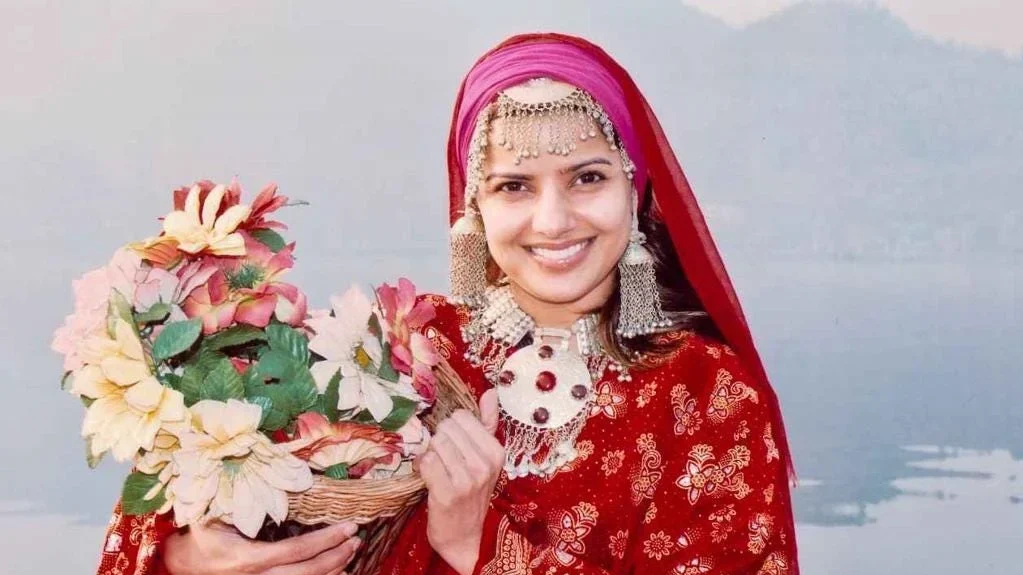

Kashmir has a rich tradition of music and dance. For instance, the Santoor, a hammered dulcimer, and the Rabab, a stringed instrument, take center stage in local performances. Sufi music, in particular, conveys deep spiritual meaning and has played a central role in Kashmiri culture for centuries. Moreover, folk dances like Rouf showcase the region’s vibrant cultural life. Performed primarily by women, Rouf takes place during festive occasions, such as Eid.Kashmir local traditions
Spiritual Practices and Beliefs
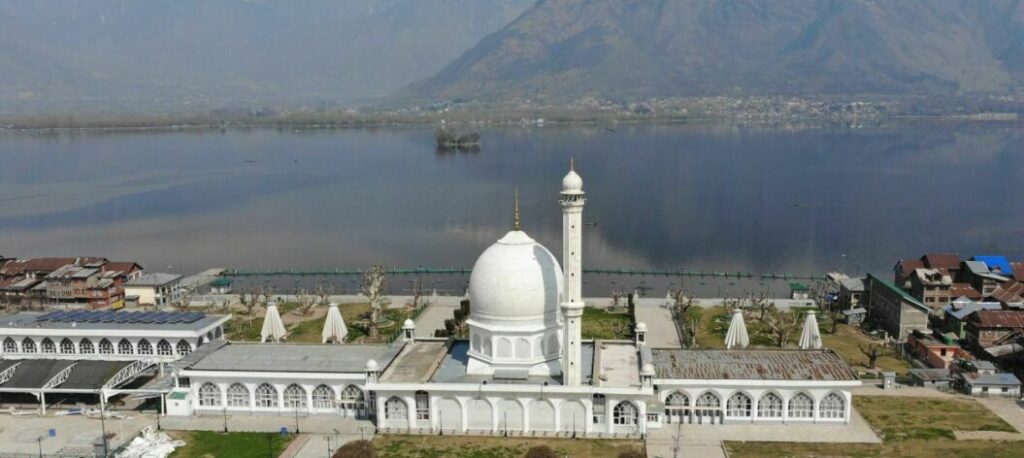
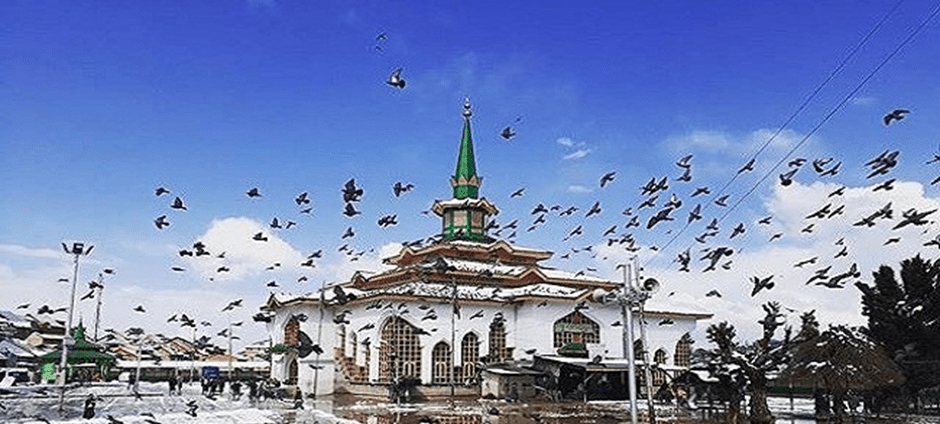
Kashmir’s spiritual landscape is incredibly diverse. Over the centuries, Islam, Hinduism, and Buddhism have coexisted peacefully, creating a unique religious atmosphere. As a result, the region boasts ancient temples, mosques, and shrines that attract pilgrims from around the world.
The Hazratbal Shrine, located on the northern shores of Dal Lake, stands as one of the most revered religious sites. Additionally, the Shankaracharya Temple and Amarnath Cave Temple are also significant places of worship. These sacred sites reflect the region’s rich spiritual history.
Festivals of Kashmir


Kashmir celebrates several festivals that reflect its rich cultural and religious diversity. Some of the most notable festivals include:
- Eid al-Fitr: This festival marks the end of Ramadan and is celebrated with family gatherings, prayers, and lavish feasts.
- Shivratri (Herath): Hindus celebrate Lord Shiva with rituals, prayers, and community feasts.
- Buddha Jayanti: Buddhists honor the birth of Lord Buddha with ceremonies in monasteries.
These festivals offer a glimpse into the communal spirit that defines the region.
Kashmiri Clothing and Attire


The traditional clothing of Kashmir reflects both the region’s culture and its climate. For example, the Pheran is a loose, woolen garment worn by both men and women. During the harsh winter months, locals wear Pashmina shawls or other warm garments, which not only provide protection but also serve as symbols of Kashmiri identity.
Conclusion
Kashmir’s local traditions form the heart of its culture. From its delicious cuisine and intricate crafts to its spiritual beliefs and festive celebrations, the region offers a rich and immersive cultural experience. Thus, if you plan to visit, be sure to take the time to learn about the region’s unique traditions—they are an essential part of understanding the beauty and heritage of this stunning land.
For more information on Kashmir and to plan your trip, visit this official Kashmir tourism page.
